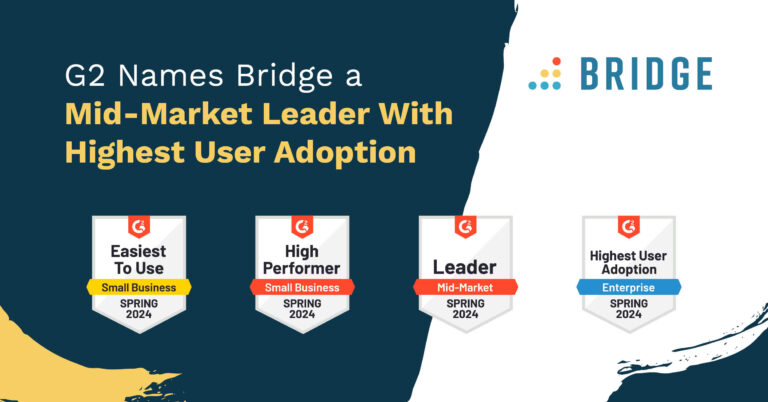Let’s face it; remote onboarding is a skill HR people need to accept now part of their role for keeps. The onboarding process is so essential to whether a new employee works out that you can’t keep doing it in the make-shift way the suddenness of the pandemic unleashed. Onboarding new employees remotely now needs to be strategized and refined.
To increase engagement – of new employees, co-workers and managers – you’ve got to nail virtual onboarding. So, what are some of the ways you can tangibly improve what you’re doing?
1. Make Remote Onboarding Strategic Onboarding
Onboarding should never have been just something you do just because you need to show a new employee where to sit and operate the photocopier. It should always have had a far more ambitious purpose: to get the new employee engaged and productive as efficiently as possible.
That needs to be your goal now, and that requires a strategic approach to employee onboarding. You need to work out your onboarding process’s goals and objectives and then strategize how to meet them.
Part of this will involve efficient steps, such as ensuring they have the needed tech before starting. But it will also include considering how you facilitate effective working relationships when the new employee is getting to know their role within the digital space.
2. Automate What Can Be Automated
You and the recruit are operating in the digital arena so utilize it. Onboarding new employees doesn’t need to be labor-intensive if you use the tools available to you. So, armed with your onboarding objectives, consider what can be automated in your learning management system and through other personnel systems.
Automatic onboarding solutions include email cascades with reminders, such as to activate new accounts, training delivery, document delivery and returns, scheduling meetings with co-workers and managers, and feedback.
3. Integrate Performance From the Start
Yes, new employees always take some time to get up to speed. But successful onboarding recognizes this while actively managing the newbie’s performance.
The early days are a fantastic opportunity to capitalize on future performance. The new employee is likely to be highly committed, focused, determined and engaged. This is the only time that you’ll be in this scenario when you’ve had to do little to facilitate that. From now on, you’ll have to work to drive engagement.
Introducing performance management from day one as an integral part of the workplace culture becomes second-nature to the new employee. They will remain engaged and aligned with your organizational goals.
Again, it is cloud-based tools that make that easy, like Bridge Performance Management System.
4. Get Your Own Feedback
When it comes to a remote workforce, never make assumptions. It’s all too easy for niggles to fester behind a screen, and you don’t learn about them until you’ve lost that new employee who showed so much promise.
Use employee engagement surveys and use them consistently, proactively, and responsively during the first few weeks and months.
5. Create TouchPoints From Before Day One
A fundamental mistake with remote onboarding is to consider starting from Day 1 of the new employee’s employment. It doesn’t. It should start from the moment you offer them the job, or even before that within interview stages, to showcasing your employer brand.
Working remotely causes distance. Early onboarding steps should aim to close those distances and ensure a seamless and cohesive approach. There should be intentional touchpoints created through regular communication, relationship-building exercises, and sign-posting, leading up to Day One and then beyond.
This doesn’t mean micro-managing or removing the new employee’s autonomy to shine. It means making sure they are connected and fully embraced as part of the team regarding the value they are soon to add.
Remote onboarding isn’t easy for the employer or the employee. But it is worth dedicating time, effort, and defined processes to. That way, you ensure that the new employee’s confidence and workplace aren’t hindered by distance and unfamiliarity. Instead, they become productive and engaged employees quickly and to their fullest potential. Successful onboarding is behind the successful employee.



